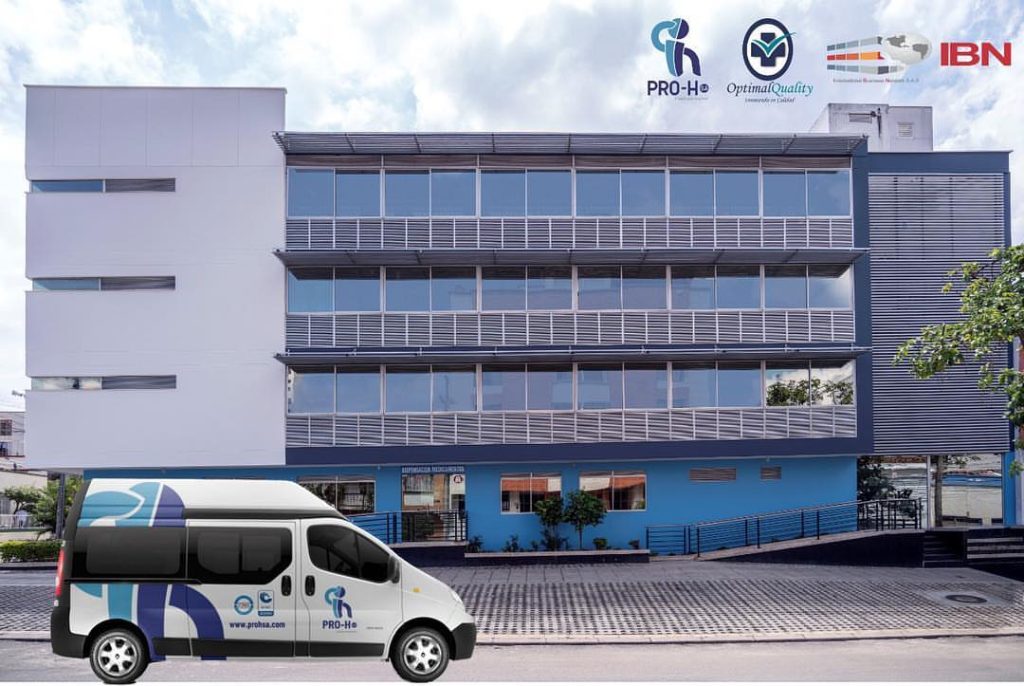Santander University Hospital (HUS) is the most important and complex healthcare institution in the region, serving as the primary tertiary-level referral hospital for the entire department of Santander.
With thousands of professionals, medical residents, and students, it plays a central role in healthcare delivery, education, and research.
The Chalange
HUS faced an immense challenge: modernizing its operations without disrupting continuous 24/7 hospital care.
The institution relied on fragmented legacy systems that could not scale to handle its growing patient volume or meet interoperability standards required by Colombia’s Ministry of Health.
Departments such as emergency, surgery, hospitalization, and pharmacy operated independently, preventing accurate visibility into patient journeys, staff allocation, and medication traceability.
Moreover, as a university hospital, it required an advanced platform capable of supporting teaching, research, and operational data simultaneously — a task that demanded both technological sophistication and strict security compliance.
What did
Tagnara do
Tagnara delivered a next-generation HIS + ERP platform designed specifically for high-complexity healthcare environments.
The implementation connected every hospital department and created a unified, data-driven ecosystem with real-time monitoring.
Key elements included:
Deployment of modular EHRs for outpatient, emergency, surgery, and hospitalization workflows.
Pharmacy and supply chain integration to optimize medication management and reduce waste.
Advanced scheduling for medical staff and residents, integrated with payroll and shift control.
Automated billing and RIPS generation, ensuring compliance with national health insurers.
Data analytics dashboards for hospital administrators to monitor occupancy, service flow, and costs in real time.
HL7/FHIR-compliant APIs, ensuring interoperability with national health networks and academic systems.
This implementation transformed HUS into a fully digital hospital, aligning clinical efficiency with academic excellence.

The Results
- Unified clinical, financial, and academic data in one platform
- 100% HL7/FHIR interoperability achieved
- 50% reduction in administrative reporting time
- 35% improvement in patient throughput and emergency response
- Real-time monitoring of all departments via analytics dashboards



